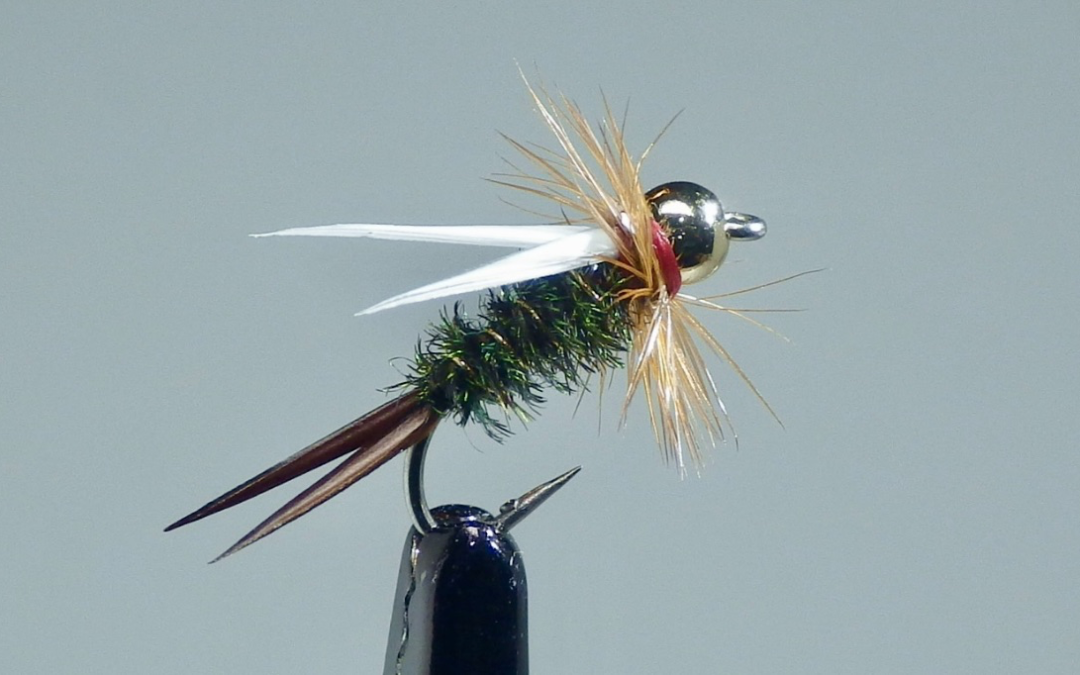
I think most would agree that the top three nymph patterns would have to be the Pheasant Tail Nymph, the Gold-Ribbed Hare’s Ear Nymph and the Prince Nymph. I’ll leave it for you to decide which is #1, #2 and #3 because they all belong in your fly box.
In this column, I want to focus on the Prince Nymph. I have been tying and fishing with a Prince Nymph for many years. I learned somewhere along the way that the fly was created by Doug Prince. What I did not know until I started to do some research on the fly was that its origins were right here in Minnesota. The original pattern was the Brown Forked Tail tied by Don and Dick Olson from Bemidji in the early 1930s. Doug Prince made some changes and renamed it the Prince Nymph which became widely available in the early 1940s.
I personally like to tie Prince Nymphs, but I will admit that they are not the easiest fly to tie. The goose biots that are used for the tail and also the wing can create some issues. You can have a nice-looking tie going and with one poor thread wrap the whole thing can go south on you. This fly is one that you just need to work at and tie a fair number (dozens upon dozens) to get it down.
Tying the white goose biots in for the wing seems to create the biggest issue. It is somewhat difficult to judge the length of the wing and also to get them tied in straight. When you finally accomplish that, it takes 47 wraps of tying thread to completely cover up the butt ends of the biots and you are left with a big blob of tying thread.
What I have started to do is to use some dry fly hackle for the collar of the fly. After I get the white biots tied in, I tie in the hackle and make 1 ½ turns with it and that covers up the butt ends of the biots and gives the fly a nice finished look.
Give this a try and let me know if the Prince Nymph moves up your list of favorite flies to tie and fish.
Paul Johnson
Waconia, Minnesota


